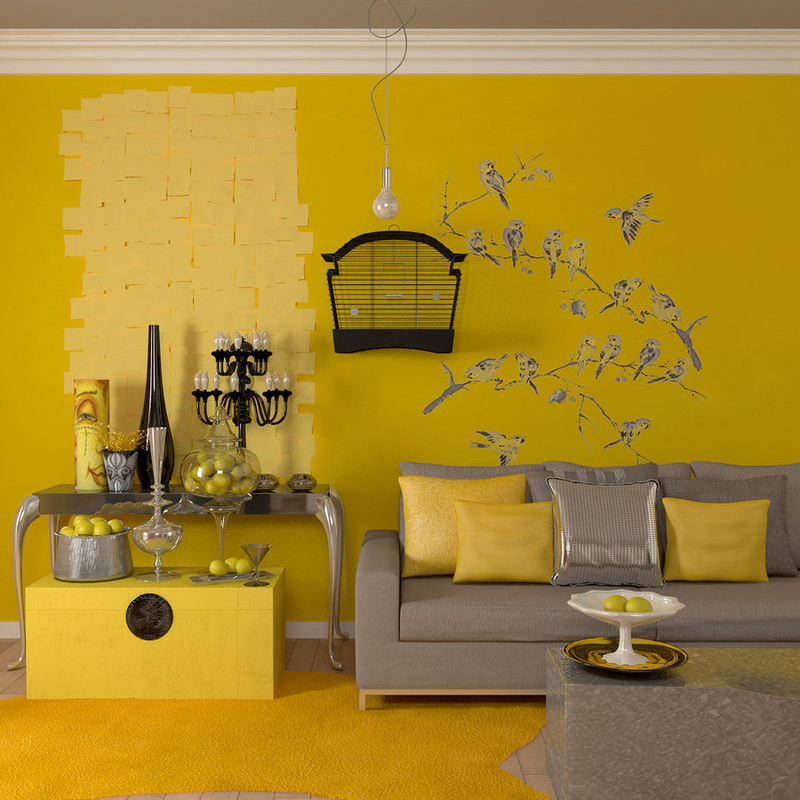Introduction
Andre Cazenave was a French industrial designer known for his creative lamp designs. His innovative approach to lamp design has influenced many modern designers and is still being emulated to this day. This article aims to delve into the history of Cazenave’s lamp designs and explore the features that make them unique.
Early Life and Design Career
Cazenave was born in 1925 in France and studied at the Ecole Nationale Superieure des Arts Decoratifs in Paris. After finishing his studies, Cazenave began his industrial design career by working for companies such as Kodak and Renault. In the late 1940s, he founded his own design studio in Paris.
Innovation in Design
One of Cazenave’s notable contributions to industrial design was his innovative approach to lamp design. He created lamps that functioned as both ambient lighting and sculptural pieces, blending form and function in a unique way.
Cazenave’s lamps often featured curved lines, organic shapes, and futuristic elements. He experimented with materials such as metal, glass, and plastic to create lamps that were both visually striking and functional. One of his most famous designs, the Astro lamp, was based on a simple spherical shape, but the texture and patterns on the lamp’s shade created an otherworldly glow.
Astro Lamp
The Astro lamp was first produced in 1969, and its unique design made it an instant classic. The lamp’s spherical shade was made of molded resin, with small circular patterns that gave the illusion of glowing stars. The lamp came in a variety of colors, including white, black, yellow, and blue.
The Astro lamp was designed to be hung from the ceiling, casting an otherworldly glow on the room. The lamp’s size and glowing effect made it perfect for creating a dramatic focal point in any space.
Legacy
Cazenave’s lamp designs continue to inspire designers today. His innovative approach to lamp design has influenced modern designers such as Marc Newson and Philippe Starck.
Cazenave’s lamps remain highly sought after by collectors and design enthusiasts. They have been featured in museums and galleries around the world, cementing their place in design history.
















